Itinerary 5 - The Wetlands
25
km
24
stops
40'
duration
25
km
24
stops
40'
duration
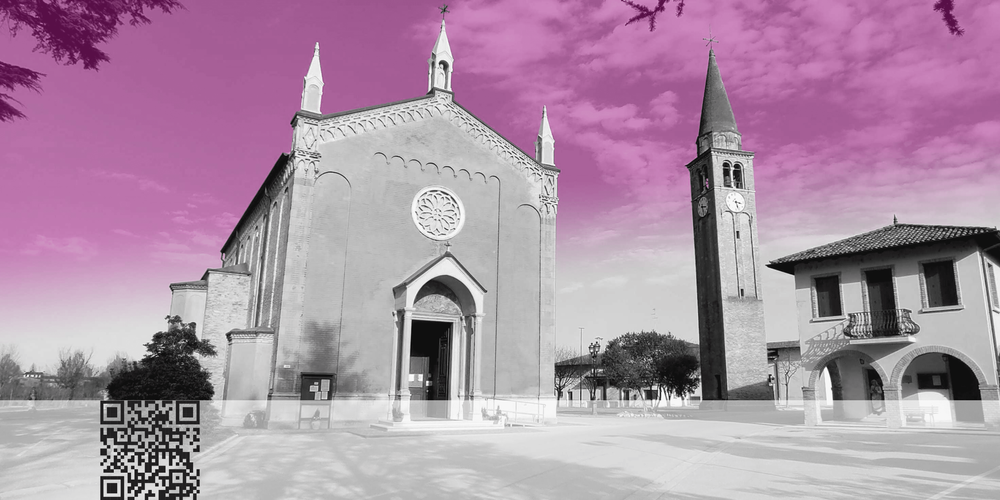
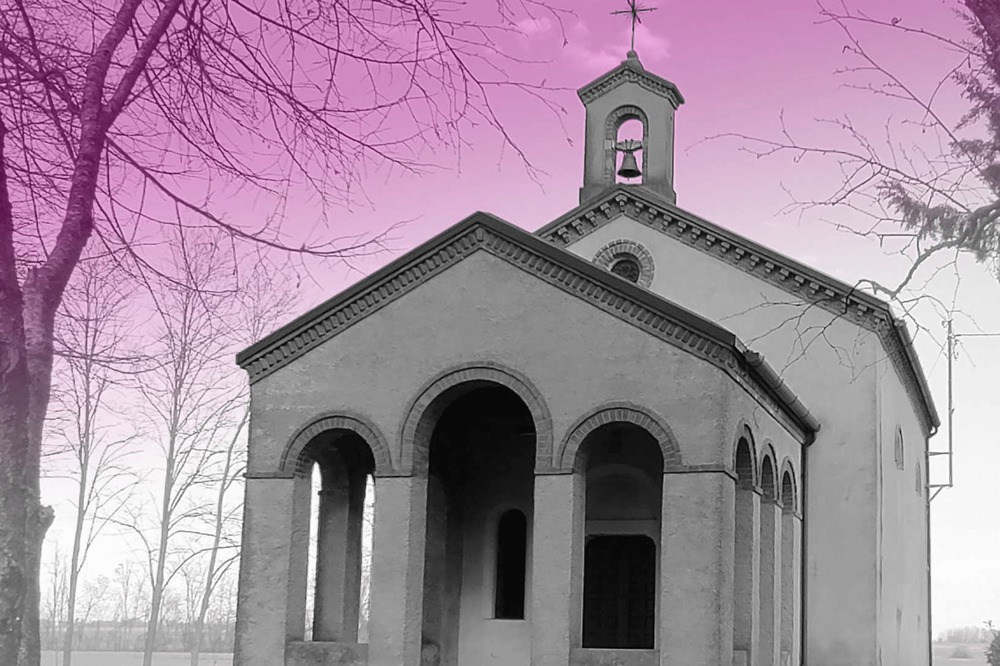
Church of Santi Ermacora e Fortunato - Itinerary 5 departure
At the origins of the Friulian faith
Don't be misled by this church's modern appearance. Beneath the centuries of renovations lies an ancient core of faith, deeply connected to the early days of Christianity in the Friuli region. Named after the protomartyrs of Aquileia, Hermagoras and Fortunatus (who died in 70 AD), it was a pilgrimage destination on 12th July (saints' day) for people from all over Friuli and Carnia, carrying their hopes and prayers.
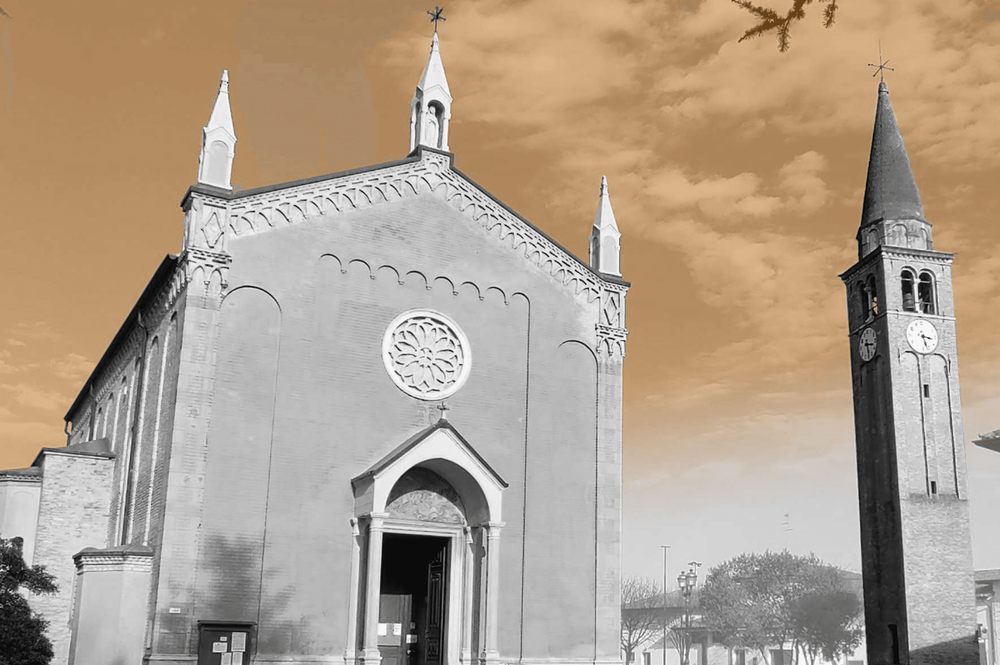
Church of St. George and the Centa
On the hunt for the dragon
When you enter the parish church in the main town, look for the fresco dedicated to the patron saint. It shows him striking the dragon from the saddle of his steed, following the typical hagiography. Like the others in the church, this early 16th-century fresco was made by a painter from the school of Andrea Bellunello, whose influences are clearly evident.
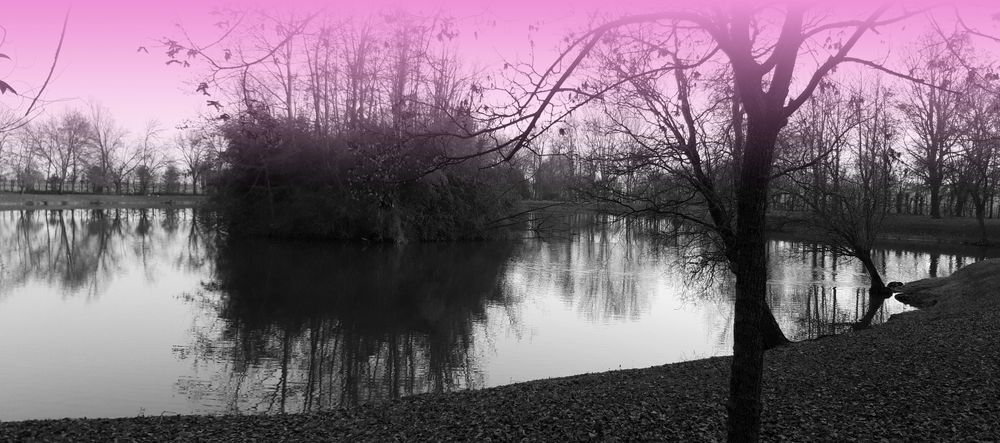
Le Roste lake
A place to rest
The Roste lake is the result of anthropic action and not a natural environment. It is a former clay quarry which shows the water surface of the aquifer. This allows us to understand how it is very high because the slope of the basin is small.
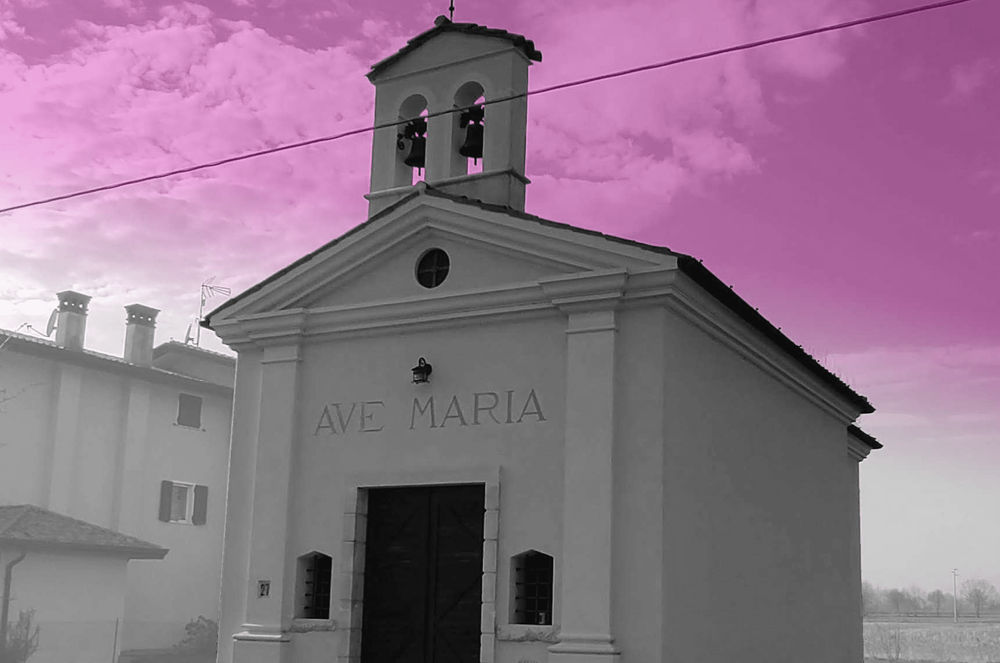
Church of Madonna della Salute in Basedo
Where the leper hospital once stood
A small place of worship that dates back to the period of Venetian rule. The Serenissima had, in fact, organised lazarettos in its possessions, where confine those who were ill with the plague and other contagious diseases. On the premises, they also built churches dedicated to Our Lady of Health, which was celebrated on 21st November. These churches resembled the beautiful namesake basilica in the lagoon capital, honouring the memory of the 1630 plague.
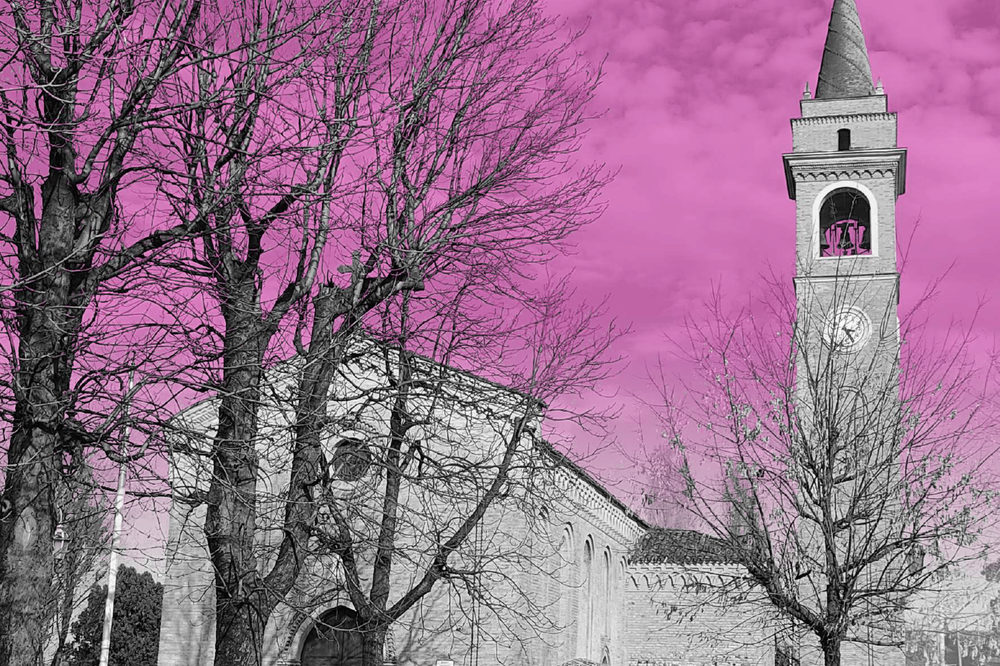
Church of San Bartolomeo in Basedo
The church of the rediscovered frescoes
Despite changes over the centuries, the church of San Bartolomeo in Basedo – one of the hamlets of Chions – still preserves some paintings from its ancient past. These include the rediscovered frescoes dedicated to the patron saint and the Madonna enthroned. These works might be by painters from the school of Andrea Bellunello, who was active in the late 15th and early 16th centuries in nearby San Vito al Tagliamento.
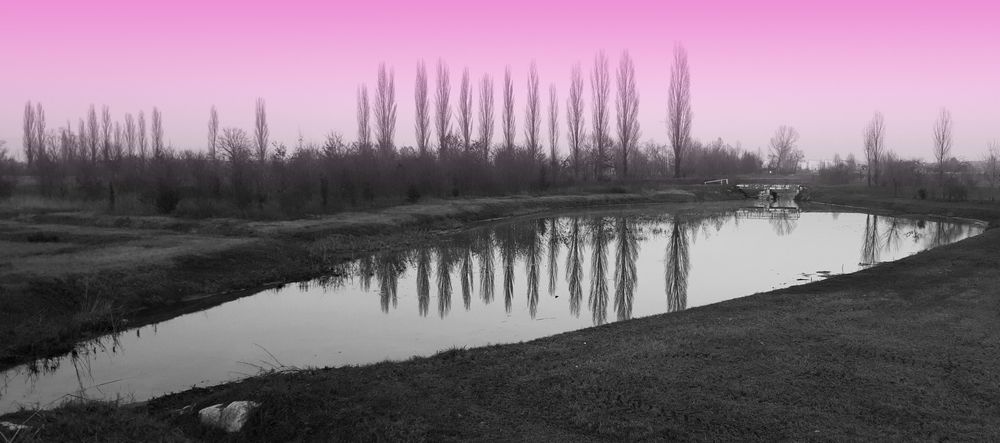
Expansion basin
The modern takes up the ancient
This lamination tank has the task of guaranteeing hydraulic safety downstream, but at the same time it is building a pseudo-natural environment designed by the water. An environment that will undergo significant transformations in the near future.
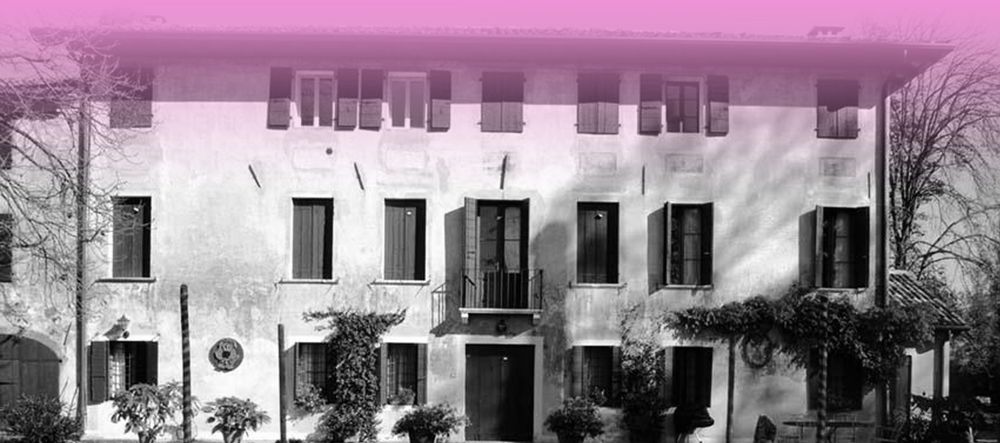
Villa Morassutti in Banduzzo
A temporary residence
The garden and the building complex stand isolated in what was once the vast surrounding countryside. The family's residence was temporary, but despite everything in the 19th century the construction of the small church of Sant'Antonio began.
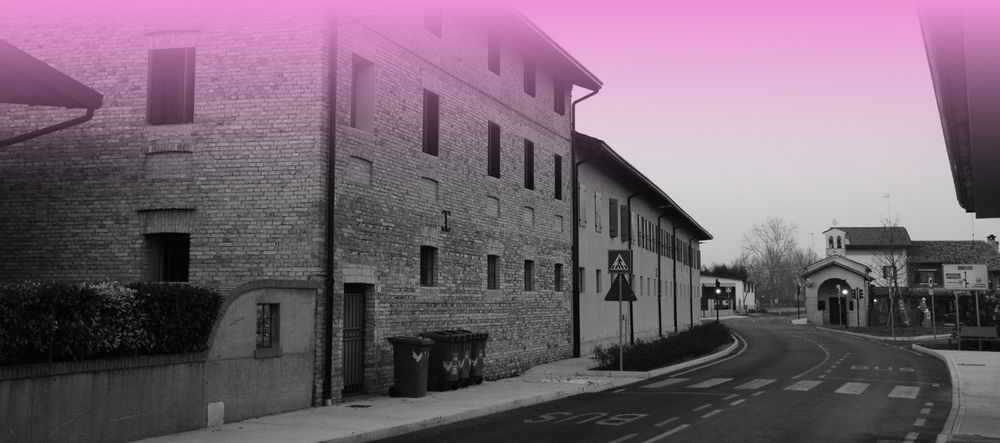
Marignana
Example of a medieval settlement
The small rural settlement of Marignana still has the ability to give us a linear medieval settlement model. A street village oriented from north to south and located on a clay hill along the Selvata stream which had a large swamp upstream. The town was located in a high position capable of exploiting a large cultivable area of dry land.
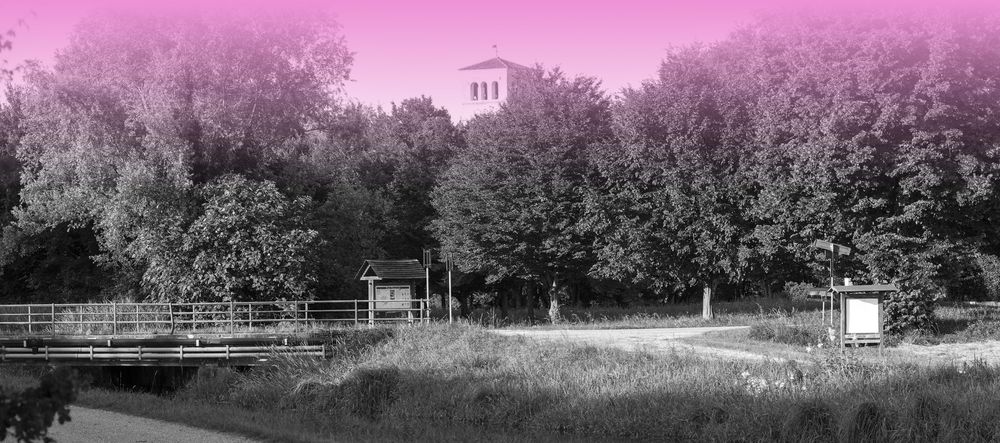
Burovich fields
Contrasts between tree masses and prairies
The Burovich meadows complex, named after the last owners, represents evidence of the agricultural arrangements of the 19th century. On the left of the Reghena river, patches aligned and adjacent to stable meadows, about thirty meters wide, stretch out forming large green bands, joined by trees that flank the ditches.
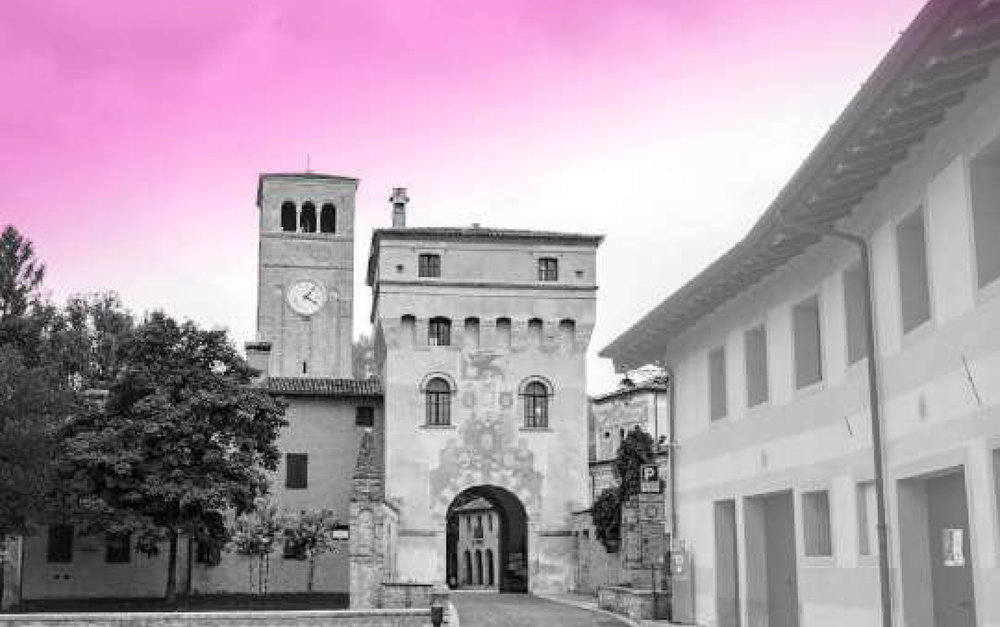
Abbey of Santa Maria in Silvis
The Abbey of Longobard origin
The Abbey has been a beacon of faith for the local communities for centuries. It began with a donation to the church by three Lombard noble brothers, Erfo, Anto, and Marco, back in 730 AD. Dedicated to Our Lady in heartfelt gratitude for her help in restoring the beautiful wooded land (silva in Latin) around the area, it was entrusted to the Benedictine monks. Following their motto, "ora et labora" (pray and work), they made the Abbey prosperous and highly respected throughout the Middle Ages.
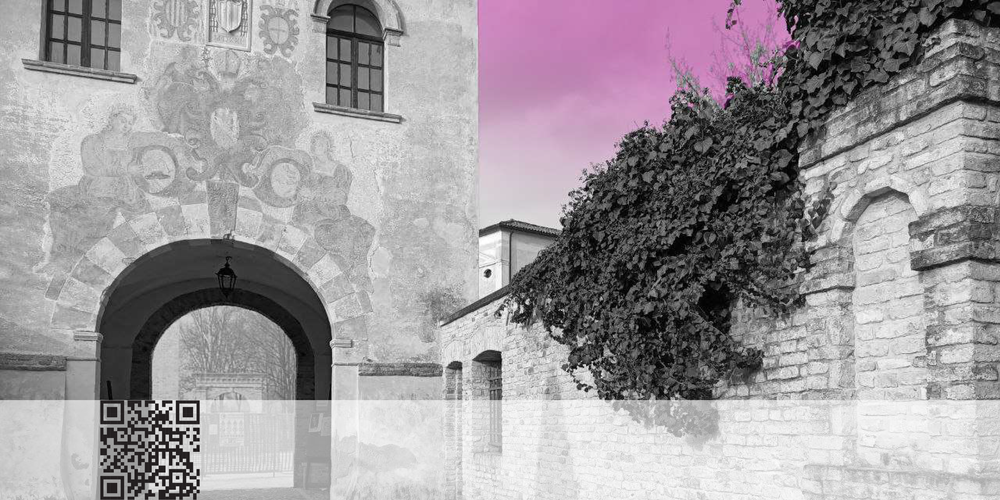
Historic center of Sesto al Reghena - Itinerary 4 arrival
The name Sesto stems from the existence of a statio (resting place) in Roman times, located six miles from the city of Iulia Concordia, along the road heading north.
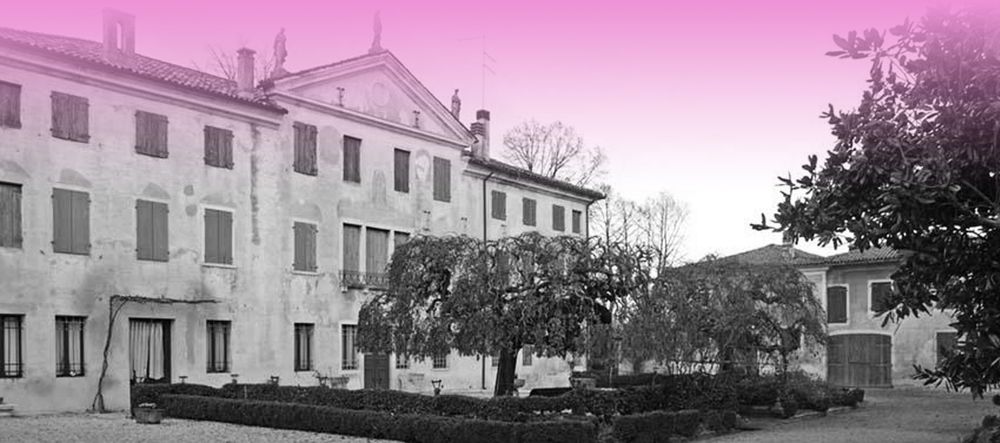
Villa Zanardini Fabris
A multitude of frescoes
The two barchesse enclose the garden space with a stone-paved courtyard, statues, columns and archaeological remains placed between the green areas. Inside, many rooms are still richly frescoed on the walls, ceilings and along the main staircase with mythological subjects.
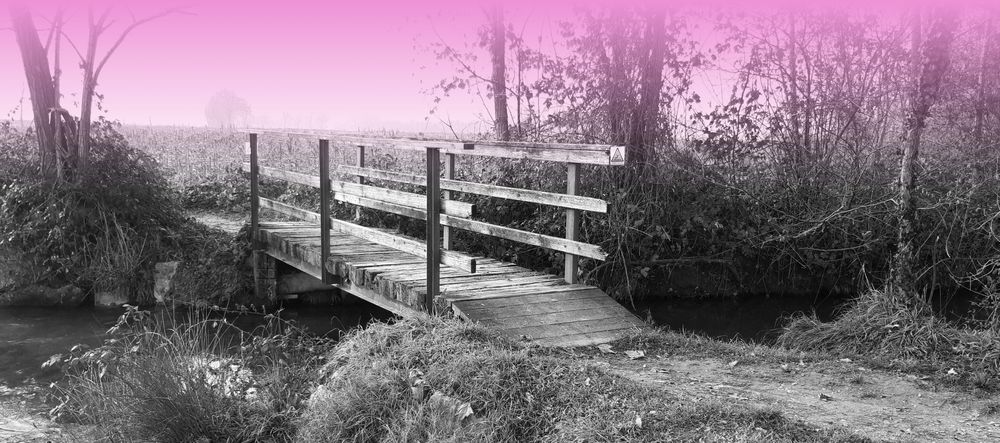
Versiola ford
Suggestive place equipped for parking
The road that connects Cordovado to Sesto al Reghena is very old despite being a country road and, moreover, acts as a regional and municipal border. The road was therefore present before the establishment of the municipal borders and is probably one of the founding elements of the medieval colonization plan that followed the establishment of the abbey.
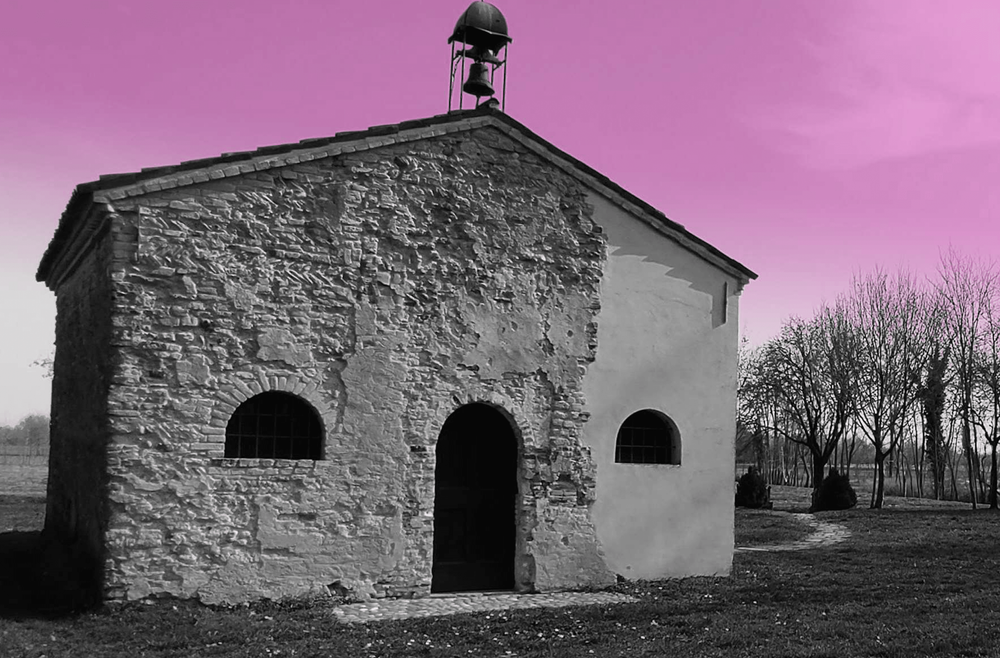
St. Peter's Church in Versiola
A reference to the church of Rome
The monastery of Sesto al Reghena between the 11th and 12th centuries was particularly committed to defending its autonomy, in a balancing act between obedience to the Patriarch of Aquileia and the reference to the Church of Rome. For this purpose it would have equipped itself with a series of places of worship and works of art dedicated to Peter.
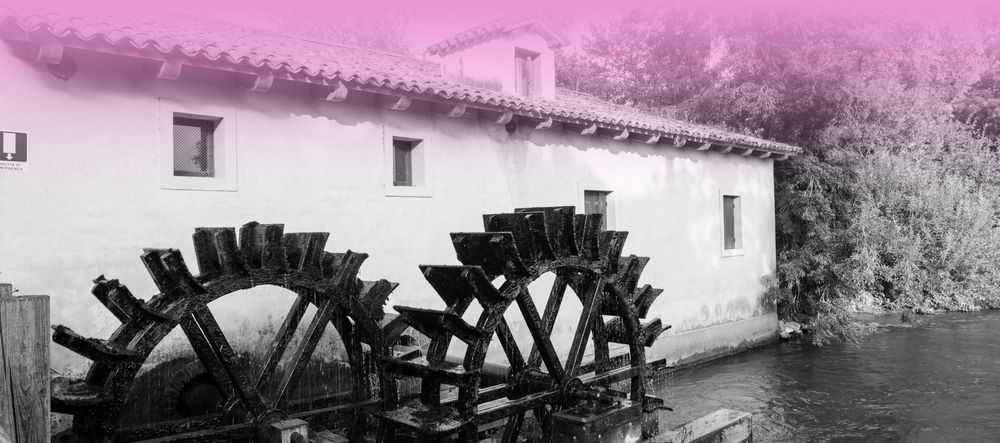
Stalis mills
The mills modify the territory
The map of the Napoleonic Land Registry shows the heavily built environment of the Lemene. The medieval construction of the mills had shaped the waters, marking the territory with riverbeds rectified by straight lines that coexisted with the curved lines of the river shapes.
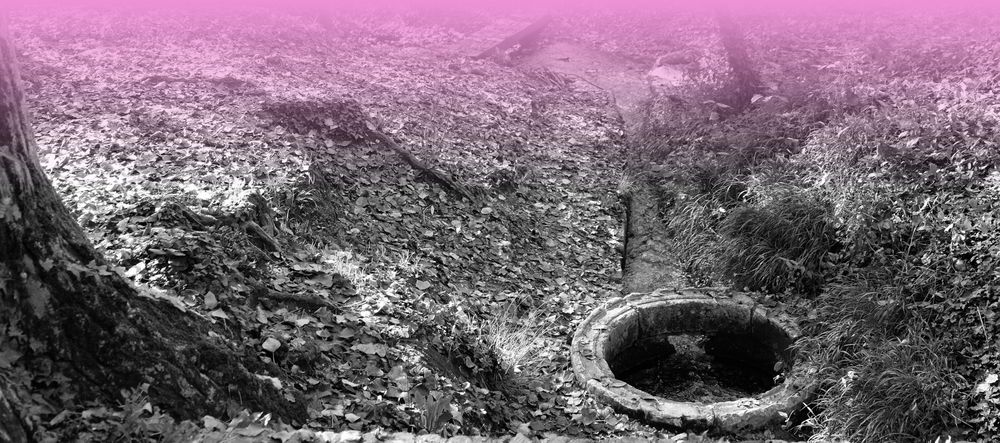
Venchiaredo fountain
A small resurgence
The environment is characterized by a small spring which is a tributary of the Lemene and which had agricultural uses because it supplied the nearby families with drinking water. This source was the subject of an important passage of the Nievian Romand.
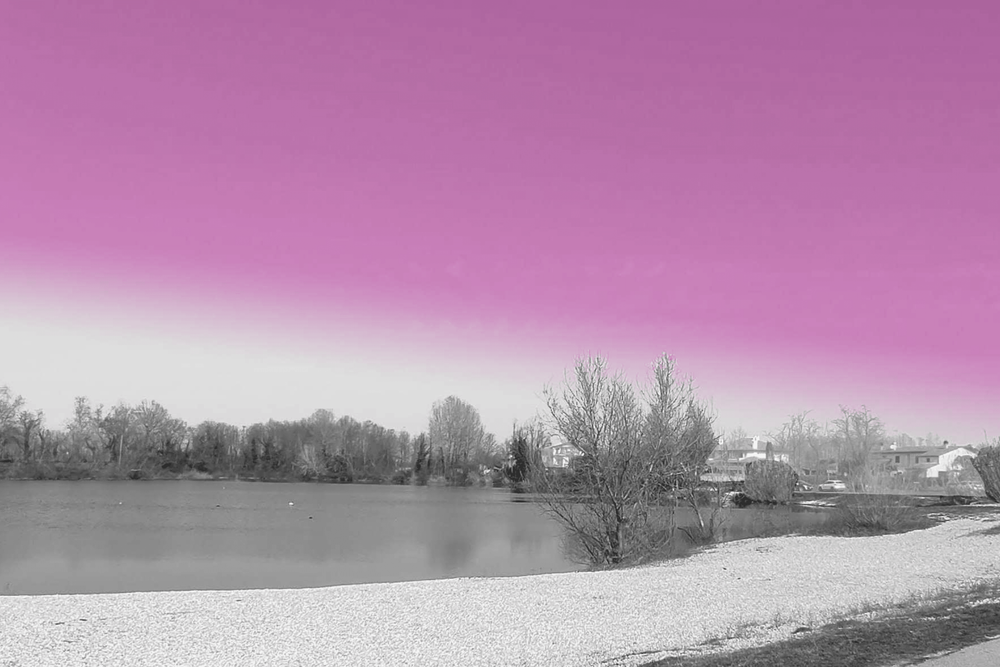
Paker Lake
An oasis of biodiversity
The Paker (or Pacher) lake is an oasis of biodiversity, a destination for sport fishing enthusiasts. The area includes three basins of artificial origin, fed by an underground aquifer. The oldest dates back to the second half of the nineteenth century.
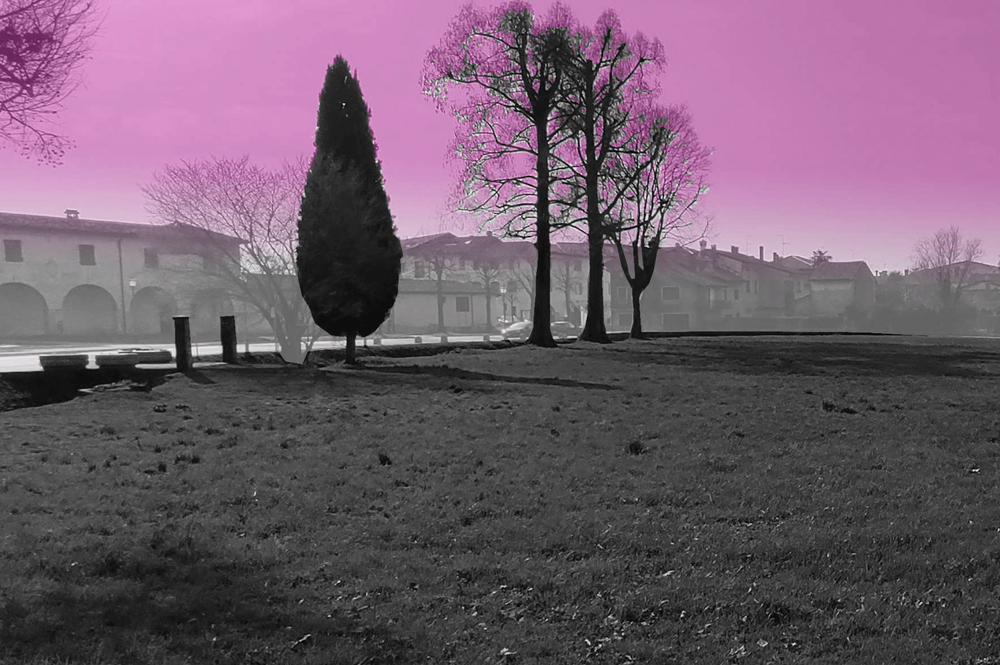
Meadows of the Madonna
Wide humid prairies
In front of the sanctuary there were large areas of prairie which came into the possession of the convent and then of the new owners. These wet prairies ended up becoming a productive space but were not plowed and still retain a very high ecological quality today.
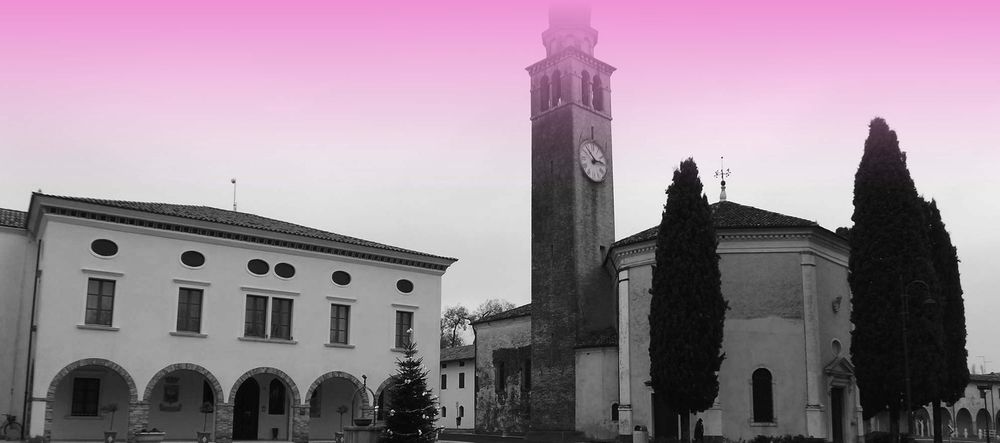
Santuary of Madonna delle Grazie
Venetian Baroque at its finest
Folk tradition held that in Corodovado in the 1690s, a painting of Mary set on a capital at the village entrance came to life, performing miracles. This artwork is still preserved in the sanctuary, built and embellished in the 17th century, attracting pilgrims from all over Friuli, Veneto, and from as far as Austria.
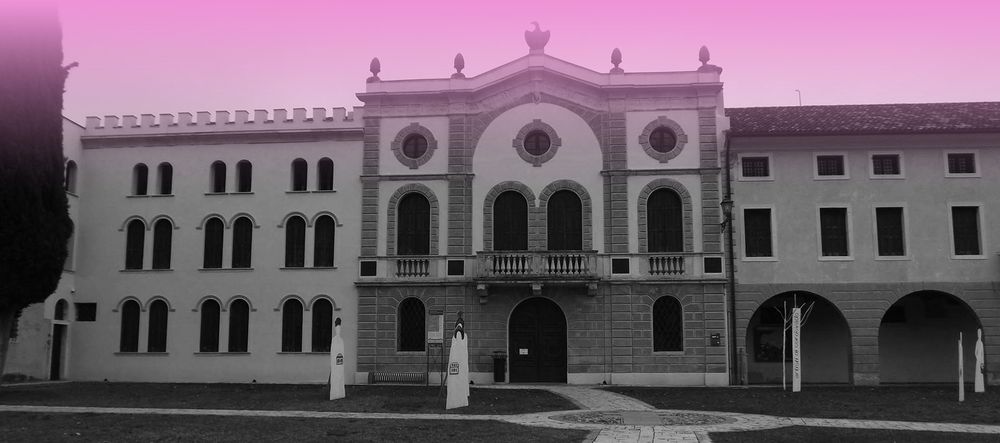
Cecchini palace
The convent transformed into a palace
The Dominican convent was suppressed in 1806 and later purchased by Francesco Cecchini who built his residence with a historicist attitude, also recovering some classicist themes of certain public buildings.
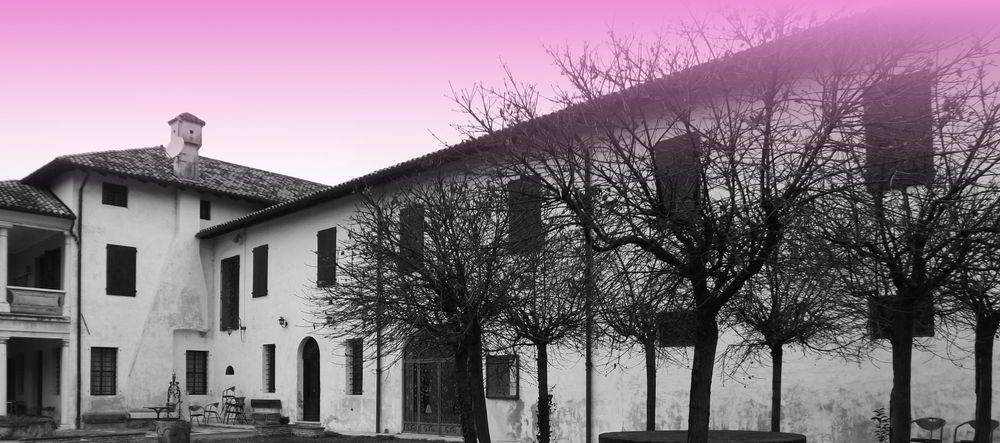
Marzin-Mainardi palace
The convent preserved in the palace
Palazzo Marzin-Mainardi has preserved the original appearance of the convent even if on the occasion of the Marzin residence the rhythm of the arches was complicated by trying to build an axis of symmetry in the central arch by opening a mullioned window with the terrace on the first floor.
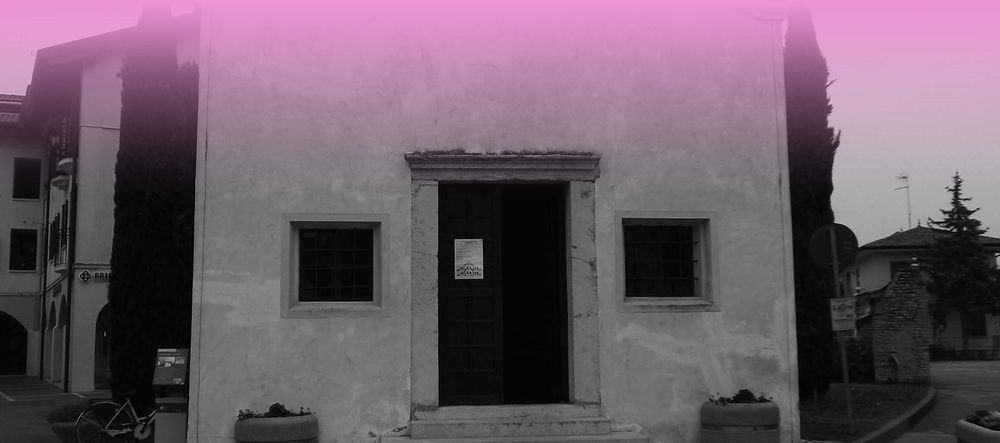
Church of Santa Caterina d'Alessandria
Graffiti by ancient pilgrims
Another place of worship where people prayed for help during plagues is the Oratory of Santa Caterina. Here, around the images of St James and St Rochus, still visible are the ancient graffiti left by pilgrims and locals during epidemics.
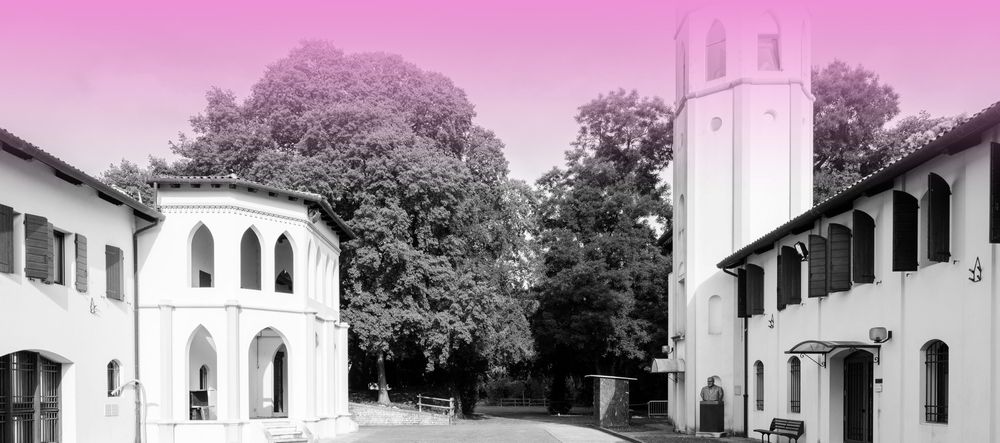
Dominican Park
The old friars' garden
The Dominican park was originally the space that they dedicated to horticultural production for the convent itself. When the religious complex was sold these spaces were used for the construction of two parks
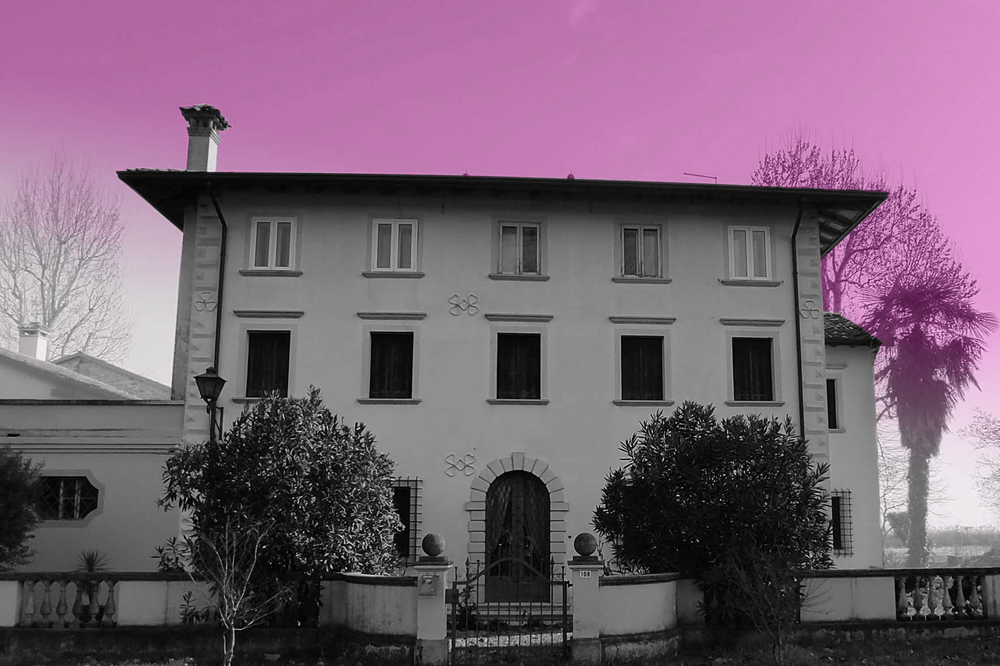
Belvedere village and Soppelsa Palace - Itinerary 5 arrival
The swamp gives way to the palace
The country routes found in this area bring to mind the rural landscapes of the past, with cultivated fields, alternating with woodlands and tree-lined roads. But for centuries these areas had been occupied by swamp, reclaimed only shortly before the construction of the palace.
©️ 2024: Pro Casarsa della Delizia APS via Zatti 1, 33072,
Casarsa della Delizia (PN)
Tel. +39 0434 871031
Cell. +39 338 7874972
Email segreteria@procarsa.org
PEC
procasarsa@pec.unplifvg.it
CF 91002390937 - P. IVA 01237500937 - SDI M5UXCR1
www.procasarsa.org








